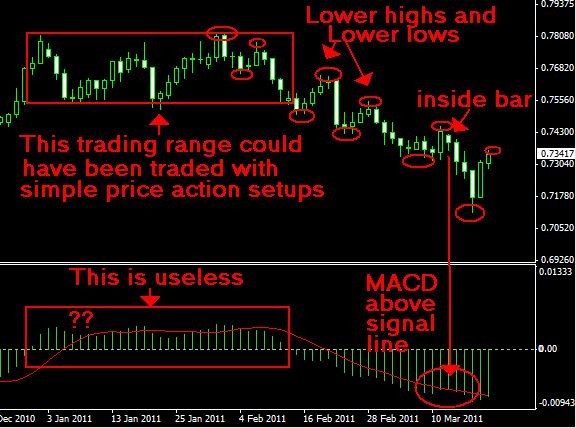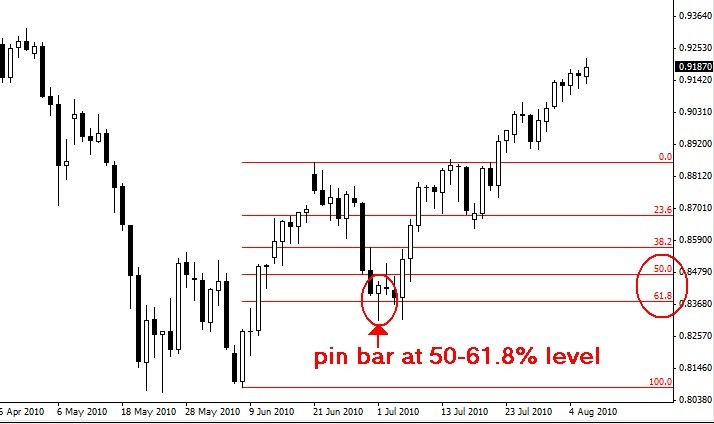RuleBased Forex Trading Mechanical Strategies
Post on: 2 Апрель, 2015 No Comment

Warning. Illegal string offset ‘_elink’ in /home/lessons/public_html/wp-content/themes/ota.v2/functions.php on line 384
>Steve Misic Warning. Illegal string offset ‘_googleplus’ in /home/lessons/public_html/wp-content/themes/ota.v2/functions.php on line 381
rel=author target=_blank>
Online Trading Academy, E-mini Futures, Forex, Equities, Options, Commodity Futures, Personal Trading Plan and Platform Immersion Instructor
Recently, I had lunch with a fellow Forex trader that I met several years ago. During our conversation, I asked him how his trading was going. His answer was I am still working at getting consistent. I asked him if he had a written plan that included specific trading rules and strategies to accomplish this goal, and he said no. I strongly encouraged him to do this vital task before he took his next trade. As we said goodbye, I wondered if the next time I met with him would we have the same conversation, or would he tell me that he had made the necessary changes to his approach to trading to become consistent.
You see, this is not the first time we have had this conversation over the years, and I am going to bet it wont be the last. Both of us starting trading the Forex market around the same time. The difference between our approaches is that I use a mechanical approach to my trading which includes specific rules for trading both a trending market, and a range bound market. My friend continues to look for the Holy Grail, one size fits all type of system that does not exist.
After a few years of watching and trading the markets without a plan, I finally made the critical decision to have specific trading rules before risking my hard-earned money. I have never regretted making this decision. I began to treat trading as a repeatable process.
Last week Thursday, June 11, 2009, I did a presentation for the Hour With the Pros that focused on planning your trades. (Hour with the Pros is a dynamic webinar that is broadcasted on a weekly basis in our virtual classroom to Online Trading Academy graduates.) During the presentation, I gave a few examples of prior trading opportunities for the equities and Commodities markets using strategies for both range bound and trending markets. I also included educational examples of how to plan your trades for intraday traders and rules for planning trades for swing traders. In addition, we saw a potential swing trade setup for spot Forex, and currency Futures traders to take advantage of, and I want to review the progress of that trade.
The chart below is a 4 hour chart of the GBPUSD which had a strong rally against the US Dollar since April 1, 2009.
Figure 1: 4 hour chart of the GBPUSD
The rally was from a low of 1.4279 on 4-1-09 to a high of 1.6662 on 6-3-09 which represents a 2383 pip move from the lows to the highs. On Thursday, June 11, 2009, the GBPUSD rallied into a large supply level that formed in the first few days of June, 2009. This provides a swing trader with a high odds, low risk opportunity to trade a market that had traveled to an extreme, back to balance which is the focus of this strategy. In other words, since the GBPUSD had based near the 1.6550 area, and then dropped from that price in the beginning of June, we now know that at that 1.6550 level, supply exceeds demand. The rally on June 11, 2009 was the first opportunity to short a retracement to the 1.6550 supply level. Most importantly, this was also an opportunity for a professional trader to take the other side of a novice trader who was making two key mistakes.
Mistake #1: Buying after a big move up in price.

Mistake #2: Buying at a price level where supply exceeds demand.
I also teach in our Extended Learning Track (XLT) program. Using a very mechanical set of rules XLT students are taught to follow, this trade was scored out to be an 8 in our XLT Trade Planner, which indicates that the trade should be entered using a confirmation entry. The main reason for the score was the distance to the first target which was the pivot low from 6-10-09 near 1.6240 before the rally to 1.6550, which lowered the risk to reward on this trade below 3 to 1. The trade was only a 2.54 to 1 to the first target with the potential for a larger drop if the demand near 1.6200 could be absorbed.
A confirmation entry is to place a sell entry stop at 1.6550 when the GBPUSD was trading above this price inside the supply zone in order to catch the reversal. This entry had a condition attached to it that the GBPUSD not trade up to where the stop loss would be placed 10 pips above the June 3rd high before the reversal occurred to confirm that there was supply at this level. The above mentioned stop loss and first profit target are placed at the time of entry to protect a position if the entry is met.
The trade met entry on June 11th, 2009, and hit the first target on June 15th, 2009. Currently, the GBPUSD has been testing the demand near 1.6200, and if the last buyer buys, then price could fall down to the 1.60 level next.
Anyone who is still short the GBPUSD as a swing trade could trail their stop loss to 1.6280 if price manages to close below 1.6200 on a 60 minute chart, or draw a down trend line on the daily chart and use the break of the daily down trend line for a final exit.
Since the trade has reached the first target, the stop loss on the balance of the position should be set to break-even plus the spread to cover costs. The economic data released on June 18, 2009, indicates that the budget deficit in Great Britain is the highest in history. This news could cause the Sterling to continue to fall against all currencies going forward. However, even the news of a Standard & Poor’s downgrade of the debt of Great Britain a few weeks ago did not affect the currency until June 11, 2009. It did provide the potential for a swing trader to plan a trade to short a rally into a supply level using specific rules. The planning and execution of the plan is all a trader can control.














